Unlocking the World of Words: A Polyglot’s Guide to Etymology and Language Mastery
Have you ever paused to wonder about the hidden stories behind the words we use every day, or how some people seem to effortlessly pick up new languages? The world of language is a vast and fascinating landscape, filled with surprising origins and powerful strategies for communication. In this article, we’ll embark on a journey through the intriguing etymological roots of common words, explore proven methodologies for effective language acquisition, and uncover common pitfalls to avoid on your path to multilingualism. Get ready to transform your linguistic curiosity into fluent communication and a deeper appreciation for the rich tapestry of human expression.
The Ancient Echoes: Tracing the Etymology of English and Romance Words
Every word carries a history, a lineage that often stretches back thousands of years to ancient tongues. Understanding these origins, or etymology, not only enriches our vocabulary but also reveals the interconnectedness of languages. Let’s delve into a few examples that illustrate this linguistic journey.
Studying etymology offers numerous advantages for anyone interested in language. It can deepen your understanding of vocabulary, make learning new words easier by revealing common roots, and provide cultural insights into how societies have evolved and interacted.
- Etymology enhances vocabulary by revealing semantic connections between seemingly unrelated words.
- It aids in understanding grammatical structures and historical linguistic shifts.
- It fosters a greater appreciation for the complexity and beauty of language itself.
Take the word “piecemeal,” for instance. Today, we use it to describe something done in stages, bit by bit. Its roots trace back to Middle English, combining “pēce” (piece) and “mēle,” which meant “time” or “occasion,” not food as one might initially guess. This “-mēle” suffix is an old adverbial ending, also seen in words like “gradually” (from grade-meal, though this specific example is less direct). Digging deeper, “piece” itself has Proto-Celtic roots, showing how ancient European languages have shaped our modern vocabulary. 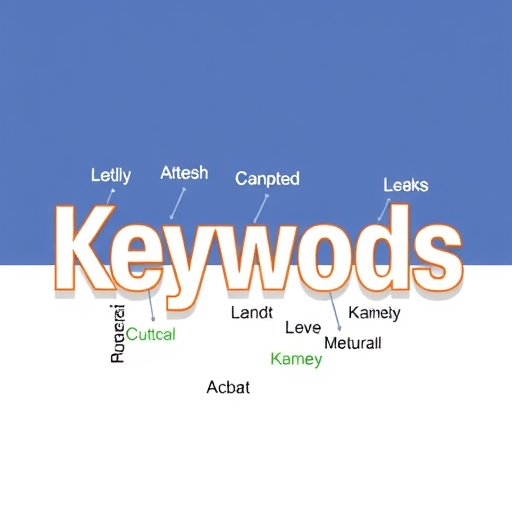
Consider the word “jaunt.” Its meaning has evolved quite remarkably. Originally, it referred to a “wearisome journey” or even a “jolt.” Over time, it softened to mean a “short excursion for pleasure.” Some linguists suggest a potential link to “daunt,” meaning to intimidate, and even further back to the Latin “domitō,” to tame. This transformation highlights how meanings can shift dramatically, reflecting changing cultural experiences and perceptions.
Another fascinating example is the word “salary.” We use it daily to refer to our wages, but its origin is deeply rooted in ancient Roman history. “Salary” comes from the Latin word “salarium,” which was the money paid to Roman soldiers for salt. Salt was a highly valuable commodity in ancient times, used for preserving food and as a form of currency. This historical connection illustrates how essential goods shaped linguistic terms related to compensation, a practice that continues to evolve even today.
Finally, let’s explore “Marquis,” a noble title. This word literally means “lord of the march,” referring to a border country or frontier. Its lineage includes Old French “marchis,” Medieval Latin “marchensis,” and Old High German “marka,” all pointing to a concept of “border” or “boundary.” This title was historically given to nobles who defended the frontiers of a realm, making their designation deeply tied to their geographical and military role. The pronunciation can vary, but its core meaning remains a fascinating window into feudal history and linguistics.
Here is a summary of the etymological journeys of these words:
| Word | Modern Meaning | Etymological Origin | Key Evolution/Connection |
|---|---|---|---|
| Piecemeal | Done in stages, bit by bit | Middle English “pēce” (piece) + “mēle” (time/occasion) | Ancient adverbial suffix, Proto-Celtic roots for “piece” |
| Jaunt | A short excursion for pleasure | Originally “wearisome journey” or “jolt” | Meaning softened over time, possible link to Latin “domitō” |
| Marquis | Noble title, ranking below a duke | Old French “marchis,” Medieval Latin “marchensis,” Old High German “marka” (border) | Literally “lord of the march,” tied to defending frontiers |
From Haematite to Windshield Wipers: Unveiling Linguistic Connections
Language often draws inspiration from the physical world around us, sometimes in surprising ways. The connection between a common writing tool and a specific mineral is a prime example of this linguistic borrowing and evolution.
Did you know the Italian word for pencil, “matita,” has a mineralogical origin? It’s derived from “ematite,” which is Italian for haematite. Haematite is a deep red, iron-rich stone that was historically used as a writing implement due to its ability to leave a colored mark. This ancient practice, where a mineral literally served as a “pencil,” directly influenced the naming of the modern tool. The term “haematite” itself comes from the Greek “haîma,” meaning blood, connecting to the stone’s reddish hue, and linking “matita” to English words like “haemoglobin.” 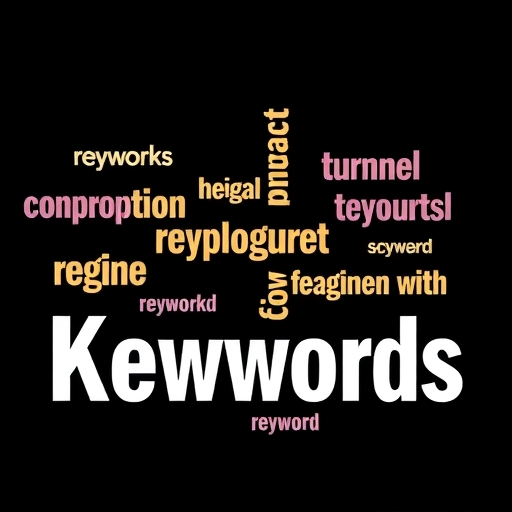
Another intriguing example comes from the Spanish word “Chubasco,” which means a squall or shower, particularly a violent one in Central or South America. This word traces its lineage back to Portuguese and Galician “chuvasco,” ultimately deriving from the Latin word “pluvia,” meaning rain. This connection beautifully illustrates how words migrate across Romance languages, retaining their core semantic meaning while adapting phonetically. It also reminds us that “pluviophile,” a lover of rain, shares the same ancient Latin root!
Consider also the English word “disaster.” Its origin is rooted in astrology and the belief that negative events were caused by unfavorable alignments of stars. “Disaster” comes from the Old Italian “disastro,” combining “dis-” (negative prefix) and “astro” (star). This etymology reflects an ancient worldview where celestial bodies were thought to directly influence human fortunes, providing a window into historical beliefs about fate and misfortune.
Let’s also examine “limpiaparabrisas,” the Spanish word for “windshield wiper.” This is a classic example of a compound word, formed by combining “limpia” (from “limpiar,” to clean) and “parabrisas” (from “para,” to stop, and “brisas,” breezes). Spanish, like many Romance languages, often forms compounds this way, using verb-noun structures. This contrasts with many Germanic languages (like English or German), which more commonly merge words directly, creating single, often longer words like “windshield wiper” or German “Scheibenwischer.” Understanding these structural differences can significantly aid language learners in grasping the mechanics of different linguistic families.
To further illustrate the differences in compound word formation, consider the following:
| Language Family | Characteristic Compound Structure | Example (English Equivalent) | Direct Translation/Analysis |
|---|---|---|---|
| Romance (e.g., Spanish) | Verb-Noun combination (often hyphenated or two words) | Limpiaparabrisas (windshield wiper) | “Limpia” (cleans) + “parabrisas” (stops breezes) |
| Germanic (e.g., German) | Noun-Noun concatenation (single, often long word) | Scheibenwischer (windshield wiper) | “Scheiben” (discs/panes) + “wischer” (wiper) |
| English (Mixed) | Can be Noun-Noun (compound), or adjective-noun | Windshield wiper | “Windshield” (noun) + “wiper” (noun) |
The Polyglot’s Playbook: Proven Strategies for Language Acquisition
Becoming multilingual, or a polyglot, isn’t just a dream; it’s an achievable goal with the right strategies. We’ve seen many successful language learners, like Pau Ninja and Carolina from the “Idiomas Ninja” blog, demonstrating that consistent effort and smart methods are key. So, how can you effectively navigate your own language learning journey?
One of the most crucial elements is immersion. While full immersion in a target country might not always be feasible, you can create a “mini-immersion” environment wherever you are. This is especially vital for reaching advanced levels (C1-C2 proficiency). Watch movies and TV shows in your target language without subtitles, listen to podcasts and radio (like through Radio Garden), and read books or articles. The goal is to surround yourself with the language, even passively. 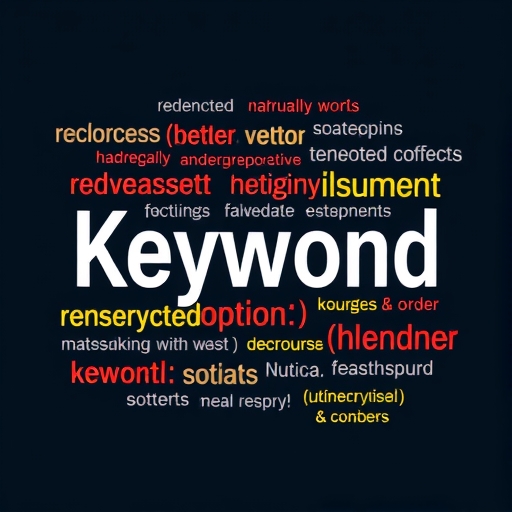
To truly immerse yourself, consider changing your digital environment as well. Setting your phone, computer, and social media interfaces to your target language can provide constant exposure and reinforce vocabulary in a practical context.
- Change your phone and computer operating system language.
- Follow social media accounts and news outlets in your target language.
- Use language exchange apps or find online conversation partners for daily chats.
Daily, consistent practice is paramount. It’s far more effective to study for 15-30 minutes every day than to cram for several hours once a week. How can you fit it into your busy life? We recommend integrating language learning into your existing routine: listen to lessons during your commute, review flashcards while waiting in line, or practice speaking during a lunch break. Even small, regular doses add up significantly over time.
For beginners and intermediate learners (A2-B1 levels), self-study tools can be incredibly powerful. Many polyglots swear by resources like Assimil, which uses a natural, progressive method, and Anki, a flashcard system based on spaced repetition. Anki is fantastic for vocabulary acquisition and solidifying grammatical concepts, ensuring that you review information just as you’re about to forget it, optimizing retention.
Another highly effective strategy is to focus on **comprehensible input**. This means finding materials that are slightly above your current level but still understandable, often through context clues or visual aids. Reading graded readers, watching children’s shows, or listening to podcasts designed for learners are excellent ways to acquire new language naturally without feeling overwhelmed. This method helps build intuition for the language over time.
Finally, don’t underestimate the power of active practice and interaction. Seek out native speakers through platforms like italki for one-on-one lessons or language exchange partners. Join online language clubs or communities, such as the Idiomas Ninja club on Telegram. Speaking from day one, even with mistakes, is critical for building confidence and fluency. Remember, communication is the ultimate goal, and errors are simply stepping stones to mastery.
Here’s a summary of key strategies for effective language acquisition:
| Strategy | Description | Benefits |
|---|---|---|
| Immersion | Surrounding yourself with the target language through media, environment, and daily life. | Develops intuition, natural acquisition, exposure to authentic language. |
| Consistent Daily Practice | Short, regular study sessions rather than infrequent long ones. | Builds habits, prevents burnout, improves long-term retention. |
| Self-Study Tools (e.g., Anki, Assimil) | Utilizing structured programs and spaced repetition systems. | Efficient vocabulary and grammar acquisition, optimized review. |
| Active Practice & Interaction | Engaging with native speakers through conversation and communities. | Boosts confidence, improves fluency, provides real-world communication skills. |
Navigating the Labyrinth: Common Pitfalls in Your Language Learning Journey
While the path to multilingualism is rewarding, it’s also fraught with common traps that can derail even the most enthusiastic learner. Recognizing these pitfalls can help you steer clear and maintain your progress.
One significant mistake is learning a language for superficial reasons. If your motivation stems solely from admiring a culture or a vague idea of “sounding cool,” you might find your interest wanes when the initial excitement fades. True, enduring motivation often comes from a deeper personal connection, a genuine need (like a career, a partner’s native language, or living abroad), or a profound curiosity about a specific culture. Ask yourself: why *truly* do I want to learn this language? Your answer will fuel your long-term commitment. 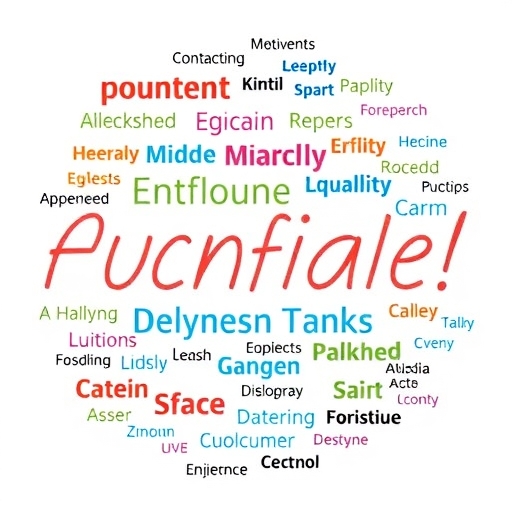
Identifying your core motivation is essential for sustained effort. A clear purpose acts as an anchor when challenges arise, helping you push through plateaus and maintain discipline.
- Genuine passion for a specific culture’s literature, music, or history.
- Practical necessity for work, relocation, or communicating with family/friends.
- Intellectual curiosity and the desire to challenge oneself with a new skill.
Another common error is attempting to learn too many languages simultaneously, especially early in your journey. While inspiring, trying to juggle three or four new languages at once often leads to reduced effectiveness in all of them. Your brain needs time to consolidate new information and build strong neural pathways. It’s generally more effective to focus on one or two languages at a time, reaching a comfortable intermediate level (B1-B2) before adding another. This allows you to build a solid foundation without constant interference.
Furthermore, many learners make the mistake of choosing languages they won’t frequently use in real-life contexts. If you’re learning a language that has no practical application in your daily life, career, or social circle, maintaining it can be incredibly challenging. This doesn’t mean you shouldn’t learn a less common language if you have a strong personal interest! However, if your goal is practical fluency, prioritize languages that you’ll have opportunities to speak, read, and listen to regularly.
Finally, the fear of communication is a huge hurdle. Many learners, especially at intermediate stages, become overly concerned with grammatical perfection and hesitate to speak, fearing mistakes. This “analysis paralysis” prevents the very practice needed for fluency. We encourage you to embrace mistakes as learning opportunities. Native speakers appreciate your effort to communicate in their language, regardless of perfection. The goal is to convey your message, not to sound like a textbook.
Your Roadmap to Multilingualism: Resources and Inspiration
The journey to becoming a polyglot is made richer by the vast community and excellent resources available today. We’ve gathered some of the most influential blogs, tools, and platforms that can provide continuous motivation, expert advice, and support for your linguistic adventures.
For inspiration and diverse perspectives, we highly recommend exploring these influential language learning blogs:
- Fluent in 3 Months: Known for its bold approach to rapid language acquisition.
- The Polyglot Dream: Shares practical tips and personal stories from a seasoned polyglot.
- Eurolinguiste: Focuses on European languages and cultural insights.
- Actual Fluency: Offers interviews and strategies from successful language learners.
- Women Learn Thai: A niche but incredibly valuable resource for a specific language.
- Idiomas Ninja: Led by Pau Ninja and Carolina, this blog (and its associated YouTube channel) provides a wealth of personal journeys, methods, and practical examples. Pau, for instance, speaks Catalan, Spanish, English, Swedish, French, and Russian, while Carolina adds German, Estonian, Finnish, Portuguese, and Italian to her impressive list. Their experiences offer relatable and actionable insights.
Beyond blogs, a suite of powerful tools and platforms can supercharge your learning:
- Telegram: Many language communities, including the Idiomas Ninja language club, host active groups here for discussion and practice.
- YouTube: An endless source of videos, tutorials, vlogs, and authentic content in virtually any language.
- Radio Garden: Allows you to tune into live radio stations from around the globe, perfect for passive listening and cultural immersion.
- italki: Connects you with native speakers for affordable one-on-one lessons or informal language exchange.
- Assimil: A classic self-study method, excellent for building a strong foundation.
- Anki: The ultimate spaced repetition flashcard system for vocabulary and grammar retention.
These resources, combined with a curious mind and consistent effort, form a comprehensive ecosystem for language learners. They offer not just tools, but communities of like-minded individuals who share your passion for unlocking new languages.
Conclusion
The journey into language is a profound exploration, revealing not only the mechanics of communication but also the rich tapestry of human history and culture. We’ve traced words like “piecemeal,” “jaunt,” and “marquis” back to their ancient roots, showing how languages evolve and connect. We’ve seen how “matita” links to mineralogy and how Spanish compound words offer a unique structural elegance.
More importantly, we’ve outlined a clear roadmap for anyone aspiring to become multilingual. By embracing immersion, practicing consistently with tools like Assimil and Anki, and actively engaging with native speakers, you can overcome the challenges and achieve fluency. Avoiding common pitfalls like superficial motivation or spreading yourself too thin across too many languages is equally crucial. Ultimately, the profound rewards of connecting with diverse cultures and expanding your world, one word, one phrase, one conversation at a time, await you. So, what language will you explore next?
Frequently Asked Questions (FAQ)
Q: Why is etymology important for language learners?
A: Etymology helps learners understand the historical development of words, their connections across languages, and can significantly aid in vocabulary acquisition and retention. It reveals the logic behind seemingly arbitrary meanings and can make new words easier to remember by linking them to existing knowledge.
Q: What is the most effective way to achieve language immersion without living abroad?
A: Create a “mini-immersion” environment by consuming all media (movies, music, podcasts, books) in your target language, switching your phone/computer language, and actively seeking out native speakers online for conversation practice. Consistency in these activities is key to simulating a true immersion experience.
Q: Is it better to learn multiple languages at once or focus on one?
A: For most learners, especially beginners, it’s more effective to focus on one language until reaching a comfortable intermediate level (B1-B2) before adding another. This approach prevents interference between languages, allows for solid foundational learning, and increases the likelihood of achieving proficiency in each language.


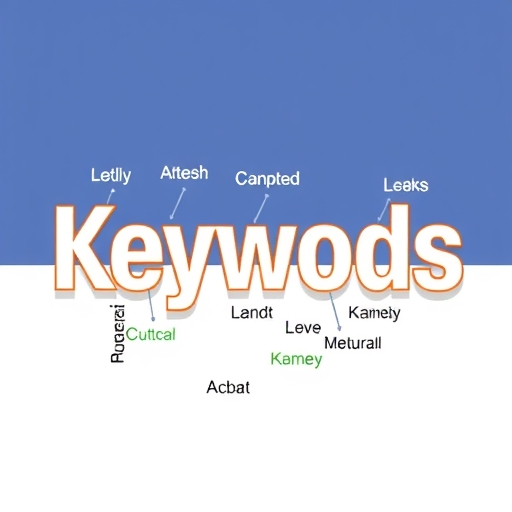
No responses yet